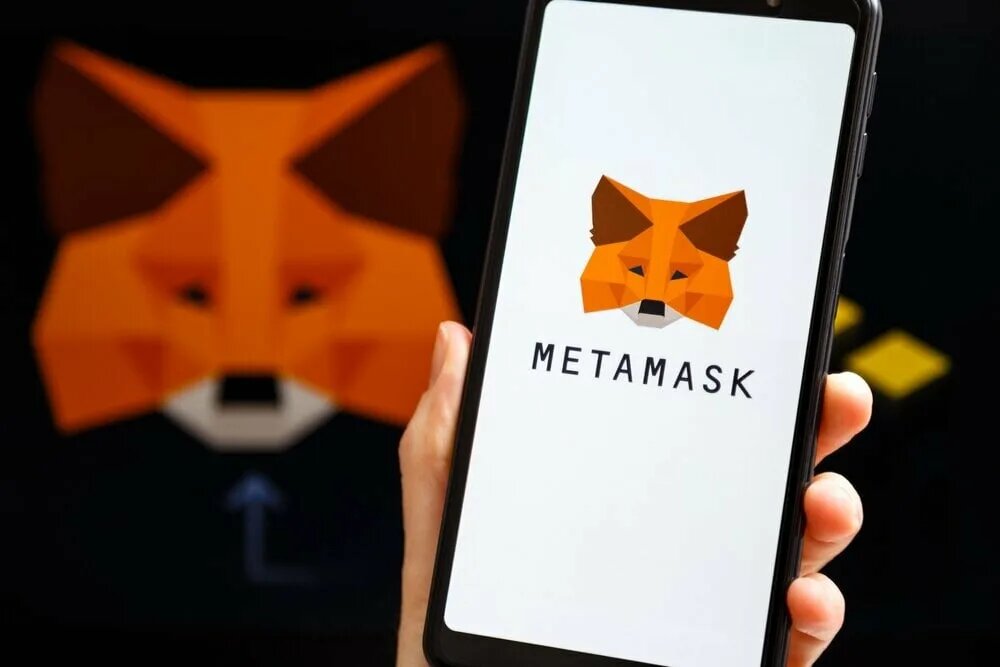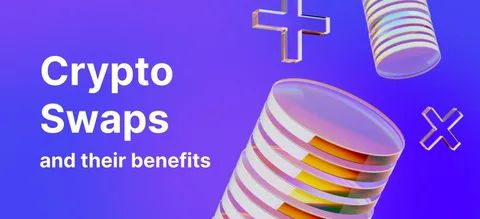The Complete Truth About NFTs Unveiled
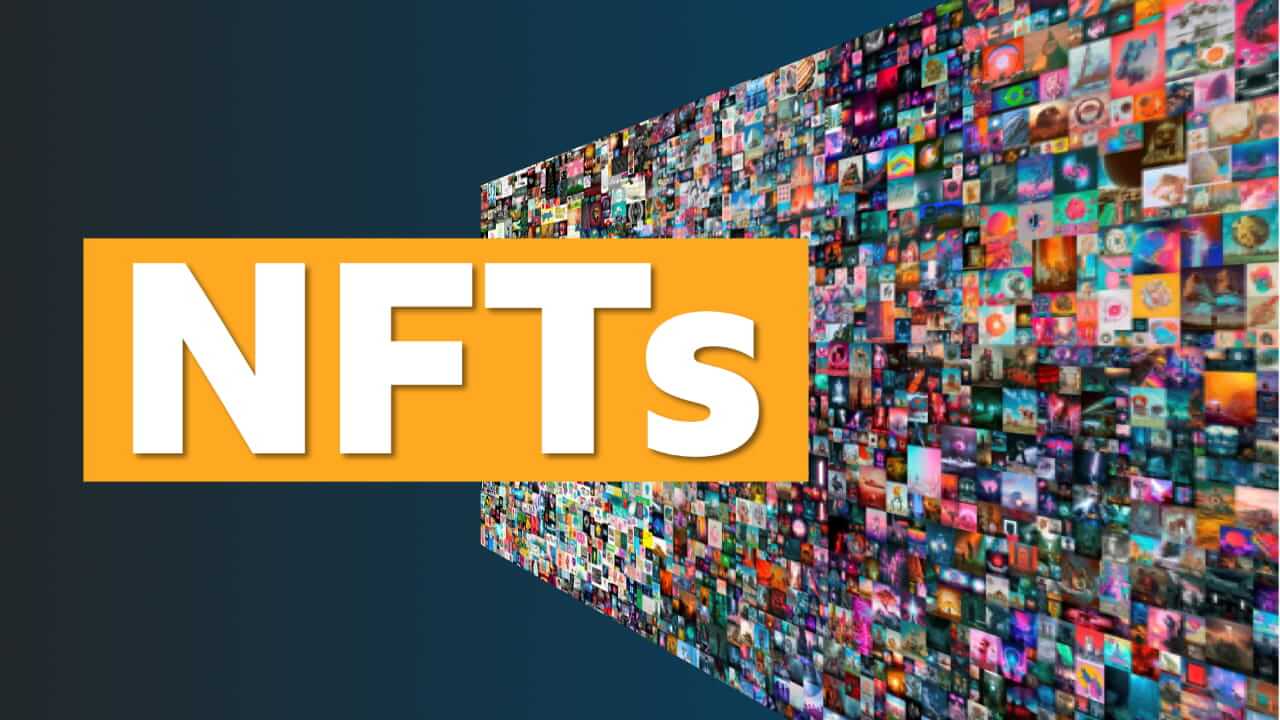
In recent years, a remarkable phenomenon has emerged, captivating both enthusiasts and skeptics alike. This innovation has sparked discussions across diverse communities, shedding light on the evolving nature of ownership in a digital age. As creativity intersects with technology, new opportunities for expression and commerce have arisen, leading to profound implications for artists, collectors, and investors.
Concepts of authenticity and rarity have taken on a fresh perspective, prompting individuals to reassess traditional notions of value. From virtual art pieces to unique digital collectibles, people are reimagining what it means to own something in a realm previously dominated by endless replication. The allure of this new medium lies in its potential to revolutionize how we perceive assets, propelling us into uncharted territories of innovation.
While excitement surrounding this trend is palpable, misunderstandings persist. Many grapple with underlying mechanisms, fearing an overly complex landscape. Addressing these concerns, this exploration will delve into various facets of this phenomenon, illuminating its significance within contemporary culture. By dissecting its components and clarifying misconceptions, a comprehensive understanding can emerge, enabling individuals to navigate this intriguing space with confidence.
Understanding the Basics of NFTs
Non-fungible tokens represent a revolutionary approach to ownership in the digital realm. By leveraging blockchain technology, these unique assets provide a method for individuals to claim authenticity, enabling the buying and selling of distinct items in a virtual environment. This phenomenon has sparked considerable interest across various sectors, from art and music to gaming and real estate.
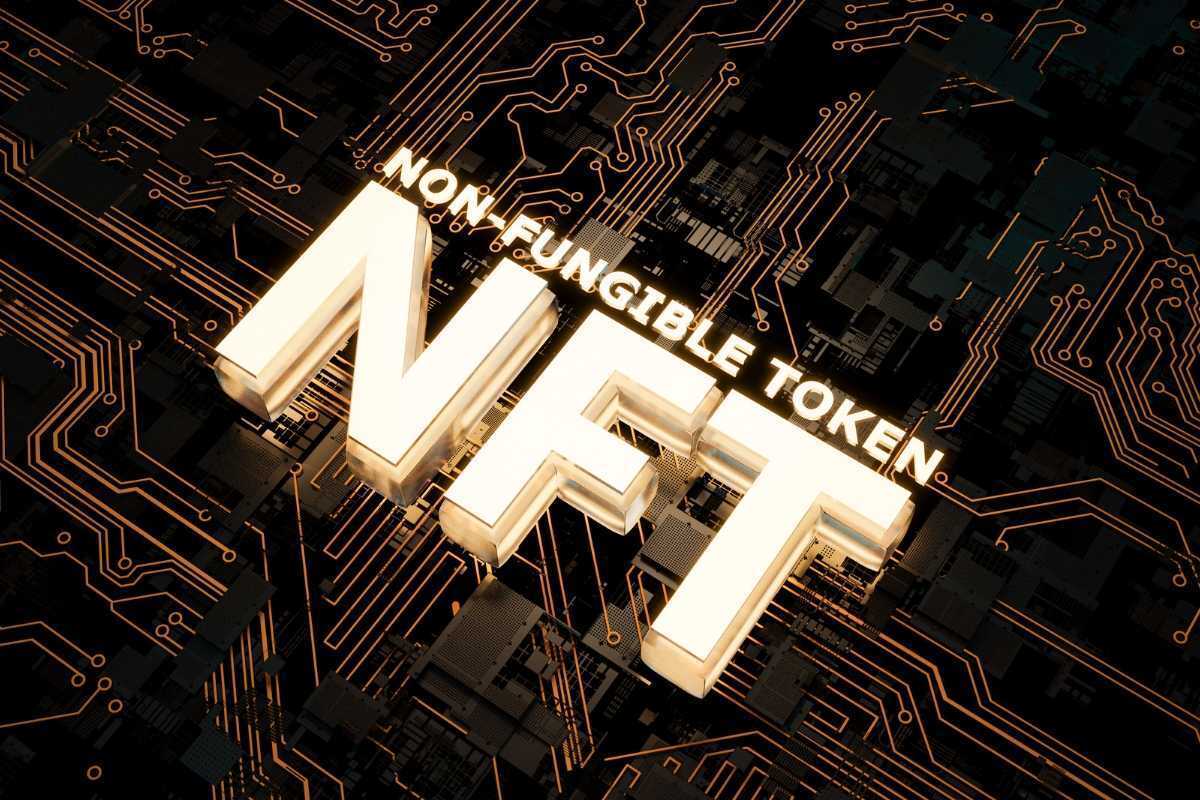
Here are key elements that define these digital assets:
- Uniqueness: Each token possesses specific information that distinguishes it from others, ensuring no two are identical.
- Indivisibility: Unlike cryptocurrencies, which can be divided into smaller units, these tokens cannot be split, maintaining their whole value.
- Ownership: Proof of ownership is securely recorded on the blockchain, ensuring transparency and reducing the risk of fraud.
- Interoperability: Tokens can operate across different platforms and markets, enhancing their usability and reach.
Understanding these fundamentals creates a pathway for exploring the multitude of potential uses and implications presented by these digital innovations.
How NFTs Work in Digital Ownership
In the rapidly evolving landscape of digital assets, a new paradigm has emerged that redefines ownership and authenticity. This innovative concept allows creators and collectors to establish unique connections with digital items, ensuring that each piece possesses its own distinct identity. By harnessing cutting-edge technology, participants engage in a dynamic ecosystem where value is securely attributed and transferred.
At the core of this system lies a decentralized ledger, which records every transaction involving digital creations. This ledger ensures that ownership is transparent, verifiable, and immutable, enabling individuals to demonstrate provenance and authenticity effortlessly. By leveraging smart contracts, transactions are automated, minimizing the need for intermediaries and enhancing efficiency in the acquisition and sale of digital goods.
Collectors enjoy the privilege of possessing limited editions or one-of-a-kind works, often leading to increased desirability and market value. Creators, on the other hand, can reap the rewards of their work directly, as this structure empowers them to set terms for resale and royalties, thereby fostering a sustainable model for artistic expression. Through this revolutionary approach, both artists and investors can navigate the digital realm while ensuring their interests are protected.
The Role of Blockchain Technology in NFTs
Blockchain technology serves as the backbone for unique digital assets, providing a secure and transparent framework that guarantees authenticity and ownership. This decentralized system eliminates the need for intermediaries, allowing creators and collectors to engage directly. The innovative features inherent in this technology are crucial for the proliferation and acceptance of digital collectibles in various industries.
Decentralization and Security
One of the key advantages of blockchain is its decentralized nature, which distributes data across numerous nodes. This structure enhances security, as alterations become nearly impossible without consensus from the network. Each transaction is recorded in a transparent manner, ensuring that ownership history can be traced back efficiently. This fosters trust among users, crucial in an ecosystem filled with potential fraud.
Smart Contracts and Ownership
Smart contracts play a vital role in managing the transactions and conditions associated with digital items. These self-executing contracts run on blockchain, ensuring all agreed-upon terms are automatically enacted without the need for third parties. This not only streamlines the process but also reinforces the notion of true ownership, as creators can embed their rights directly into the digital asset.
As technology continues to evolve, its integration with unique digital items paves the way for unprecedented opportunities and innovations in the digital landscape.
Impact of NFTs on Art and Creators
Transformation of the artistic landscape has been profoundly influenced by recent digital advancements. Unique tokens have emerged as a revolutionary means for artists to engage with audiences, leading to new pathways for ownership and commerce. This shift fosters a connection between creators and collectors, reshaping traditional paradigms within the art world.
Empowerment of Artists
New technology offers unprecedented opportunities for artists to assert control over their work. By utilizing blockchain features, creators can ensure provenance, thereby safeguarding their intellectual property. Furthermore, smart contracts enable artists to receive royalties on future sales, establishing a sustainable income model that was previously unattainable.
Challenges Faced
Despite the benefits, hurdles remain in this evolving terrain. Artists may encounter issues related to environmental concerns, as energy consumption from transactions can be significant. Additionally, the ever-shifting market may lead to uncertainty; not all ventures guarantee financial success. Balancing innovation with responsibility will be crucial for creators navigating this new era.
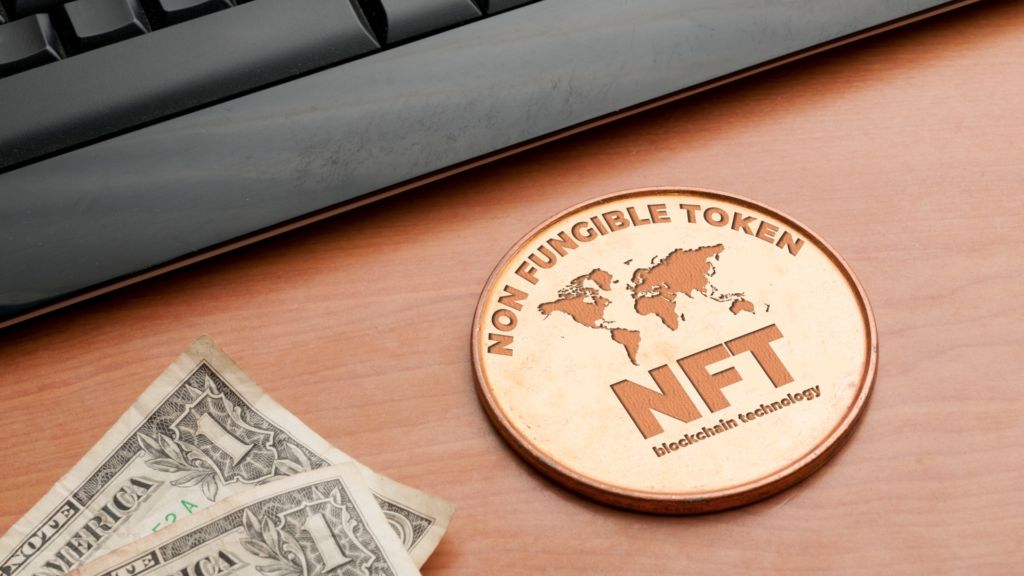
Debunking Myths Surrounding Non-Fungible Tokens
In recent times, misconceptions surrounding digital assets have proliferated, leading to widespread confusion. Many individuals have formed opinions based on incomplete information or sensational narratives. This segment aims to clarify prevalent misunderstandings, shedding light on what these unique digital items truly represent and their significance in today’s digital ecosystem.
Myth 1: All Digital Assets Are Non-Fungible
One common belief is that every type of digital property falls under the category of non-fungible tokens. In reality, there is a distinct difference between fungible and non-fungible items. Fungible tokens are interchangeable and identical, like money, while non-fungible items possess unique attributes that make them irreplaceable. Recognizing this difference is crucial in understanding their value and applications.
Myth 2: Ownership Equals Control
Another widespread misconception is that owning a non-fungible token ensures complete control over the associated content. In truth, ownership of a token merely grants certain rights specified in the smart contract. While collectors may hold the token, the underlying intellectual property rights may still belong to the original creator. Consequently, buyers should be aware of what rights they are actually acquiring when purchasing such a digital asset.
Future Trends of NFT Markets
Rapidly evolving digital asset landscape continues to capture attention, ushering in novel opportunities and challenges. As various sectors adapt to the integration of tokenized assets, several emerging patterns are set to reshape market dynamics and redefine user experiences.
Increased Utility will likely emerge as a key trend, where tokens serve more than mere collectibles. Enhanced functionality could encompass gaming, membership access, or even real estate, broadening appeal across diverse audiences.
Interoperability promises to enhance user engagement by enabling assets to traverse different platforms and ecosystems smoothly. This seamless transition may stimulate further growth, as consumers seek versatile experiences without limitations imposed by individual networks.
Another impactful aspect is the rise of Eco-Friendly Solutions, as environmental concerns push creators and buyers toward sustainable practices. New technologies, such as layer-2 protocols, might gain traction, minimizing energy consumption and carbon footprints.
Furthermore, Social Integration will transform platforms into vibrant communities, fostering collaboration and shared ownership. This shift could encourage co-creation, enabling users to take part actively in projects rather than merely being passive observers.
Lastly, the influence of Regulatory Frameworks cannot be overlooked. Governments are likely to introduce measures to govern transactions and safeguard participants, creating a more secure environment which will ultimately boost confidence in digital assets.
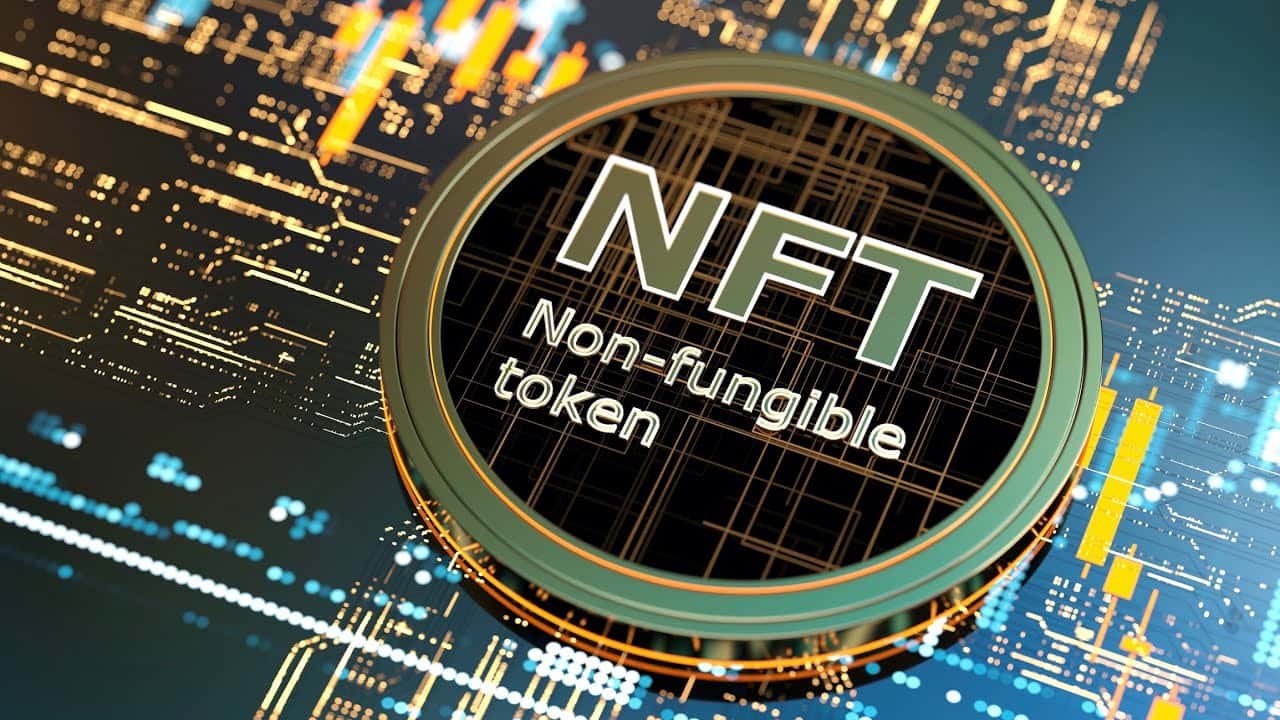
Q&A: The whole truth about NFTs
What exactly are NFTs, and how do they differ from cryptocurrencies?
NFTs, or non-fungible tokens, are unique digital assets that represent ownership of a specific item or piece of content, like artwork or music, on a blockchain. Unlike cryptocurrencies such as Bitcoin or Ethereum, which are fungible and can be exchanged for one another, each NFT has distinct characteristics that make it irreplaceable. This uniqueness is what provides proof of ownership and provenance, enabling artists and creators to monetize their work in new ways.
Can NFTs be used for more than just art? What are some other applications?
Absolutely! While NFTs initially gained popularity in the art world, their applications extend far beyond that. NFTs can represent ownership of virtual real estate in metaverse platforms, digital collectibles like trading cards, music licenses, and even event tickets. They also hold potential in industries such as gaming, where players can own and trade in-game items. Additionally, NFTs can be utilized for identity verification and certification of authenticity, making them versatile tools in various sectors.
How do I purchase an NFT, and what do I need to get started?
To purchase an NFT, you typically need to follow these steps: First, set up a digital wallet that supports cryptocurrencies, such as MetaMask or Coinbase Wallet. Next, buy some cryptocurrency like Ethereum, as many NFTs are purchased with it. After funding your wallet, visit an NFT marketplace such as OpenSea, Rarible, or Foundation. You can browse available NFTs, place bids, or make direct purchases. Once the transaction is complete, the NFT is transferred to your wallet, proving your ownership of the digital asset.
Are NFTs a good investment, and what should I consider before buying one?
Investing in NFTs can be appealing, but it’s essential to approach it with caution. The NFT market is highly volatile, with values fluctuating significantly over short periods. Before investing, research the artist or creator, the scarcity and utility of the NFT, and the overall market trends. Consider setting a budget, as with any investment, and be aware that not all NFTs will appreciate in value. Diversifying your investments can also mitigate risks. Remember that while some NFTs may yield substantial returns, others may not perform as expected.
What are some concerns surrounding NFTs and their environmental impact?
One of the primary concerns about NFTs relates to their environmental impact, particularly due to the energy consumption associated with blockchain technology. Many NFTs are minted and traded on Ethereum, which, until it transitioned to a proof-of-stake system, relied on energy-intensive proof-of-work mining. This has led to criticisms regarding carbon footprints and sustainability. To address these concerns, various platforms are exploring more eco-friendly alternatives, including initiatives to offset carbon emissions. As the technology evolves, there is hope for more sustainable practices in the NFT space.
What exactly are NFTs and how do they work?
NFTs, or Non-Fungible Tokens, are unique digital assets that represent ownership of a specific item or piece of content, typically using blockchain technology. Unlike cryptocurrencies such as Bitcoin or Ethereum, which are fungible and can be exchanged for one another, NFTs are one-of-a-kind and cannot be replaced or exchanged on a one-to-one basis. They are primarily used to verify ownership of digital art, music, videos, and even virtual real estate. When someone purchases an NFT, they are essentially buying a digital certificate of ownership that is recorded on the blockchain, ensuring its authenticity and scarcity. This system allows creators to monetize their digital works in ways that were not previously possible, establishing a new economy for digital goods.
What are NFTs, and how do they relate to cryptocurrencies?
NFTs are digital assets that represent ownership of unique items, such as nft art, collectibles, and virtual real estate. Unlike cryptocurrencies like ETH, which are fungible and can be exchanged one-to-one, NFTs are unique and cannot be replicated. NFTs and cryptocurrencies share a common foundation in blockchain technology, making them secure and verifiable.
How can someone buy an NFT, and what is needed to get started?
To buy an NFT, a user first needs to create an account on an NFT marketplace and set up a crypto wallet that supports ETH or another cryptocurrency used for transactions. After funding the wallet, they can browse an nft collection, select one NFT, and complete the purchase. Some popular NFT projects, like Bored Ape Yacht Club, require users to trade NFTs on specific platforms.
What makes Bored Ape Yacht Club so valuable in the NFT craze?
Bored Ape Yacht Club is one of the most popular NFT collections, known for its unique profile pictures and exclusive membership perks. The rise of NFTs has made projects like Bored Ape highly sought after, with people willing to pay significant amounts to own them. The yacht club community provides access to special events and collaborations, making these NFTs highly desirable among collectors.
Are NFTs really worth it, or is the market a scam?
The value of NFTs depends on their use case, rarity, and demand. Some people claim that NFTs are a scam due to market speculation and price manipulation, while others believe that NFTs represent real-world value in digital ownership and investment opportunities. Understanding NFTs and their risks is essential before buying or selling NFTs.
What is the future of NFTs, and how could they evolve?
The future of NFTs could potentially expand beyond digital collectibles into real-world applications like real estate, gaming, and intellectual property rights. Since NFTs are highly adaptable, industries are exploring ways to use NFTs for secure transactions and ownership verification. As blockchain technology advances, NFTs are expected to offer new opportunities in the crypto space.
